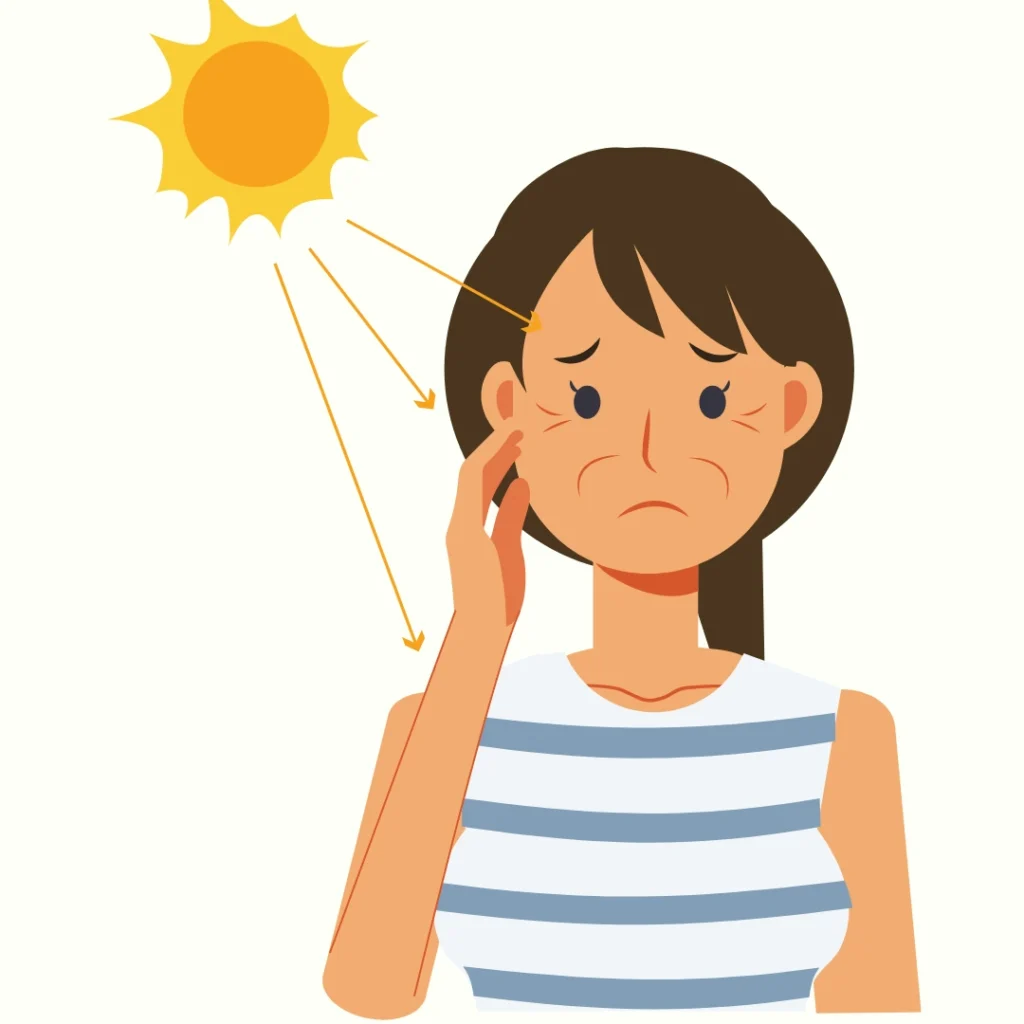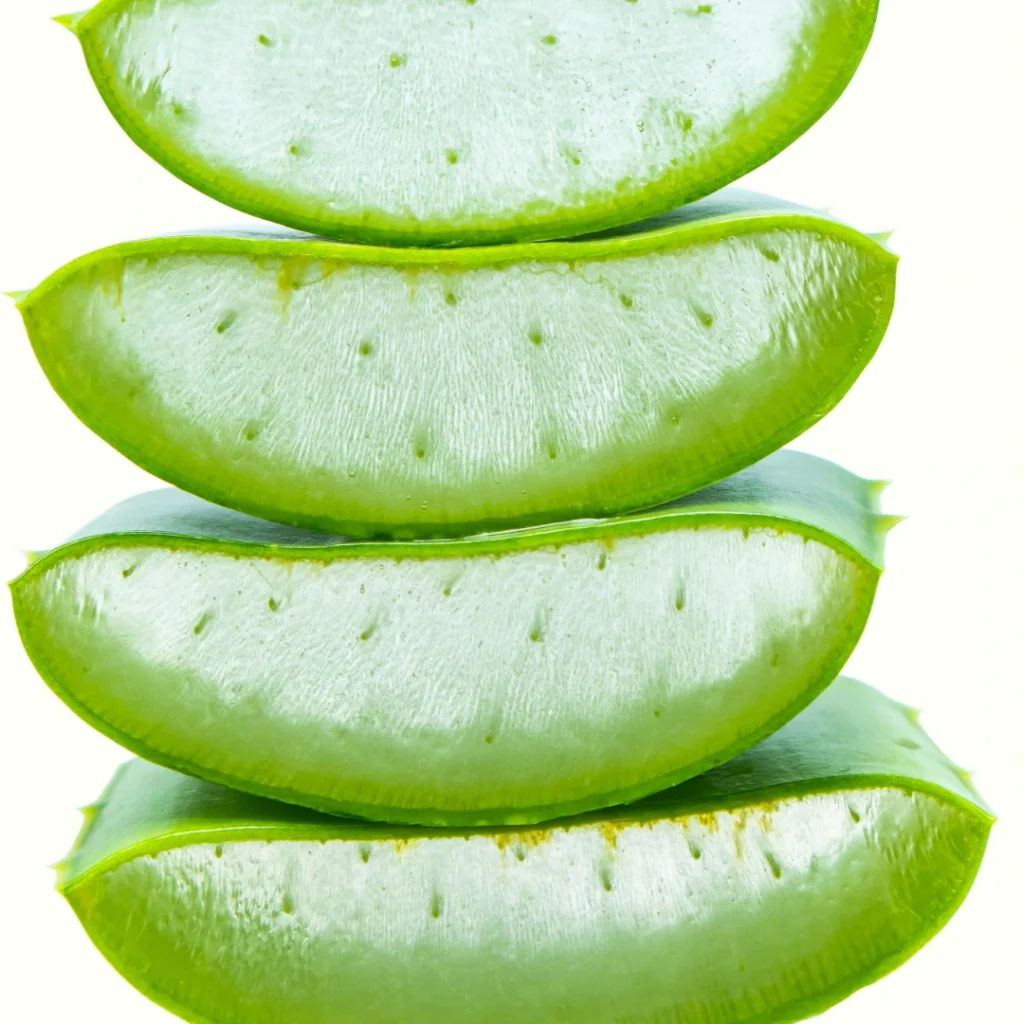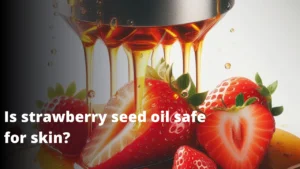Email Us: [email protected]
Unlock the Benefits of Aloe Vera for Skin Aloe Sunblock

If you desire a natural and effective solution to shield your skin from the sun’s harmful effects, look no further than aloe vera benefits for the skin. This extraordinary plant has been utilized for centuries to soothe and heal the skin, and its remarkable sun-protective properties are truly noteworthy.
Aloe vera is brimming with antioxidants and anti-inflammatory compounds that not only help prevent sunburn but also diminish the appearance of fine lines and wrinkles.
Furthermore, it aids in the stimulation of collagen and elastin production in the skin. The best part? You can experience the benefits of aloe vera for the skin without relying on commercial sunscreens.
By combining a few simple ingredients, you can create your all-natural sunblock right at home. In this comprehensive guide, we will unveil the potent potential of aloe vera and provide step-by-step instructions for crafting DIY sunblock to safeguard and nourish your skin throughout the summer season.
Understanding the Basics of SPF and UV Protection
Before we jump into the specifics of creating your aloe vera sunblock, it’s important to understand the basics of SPF and UV protection.
SPF stands for Sun Protection Factor and is a measure of a product’s ability to protect the skin from UVB radiation, which is the type of radiation that causes sunburn. The higher the SPF number, the greater the level of protection.
However, it’s important to note that SPF only measures protection against UVB radiation and not UVA radiation, which can also cause skin damage.
When it comes to UV protection, there are two types of rays to consider: UVA and UVB. UVA rays penetrate deep into the skin and can cause premature ageing, while UVB rays cause sunburn and skin damage.
To ensure that you’re protected from both types of rays, it’s important to choose a sunscreen that also offers broad-spectrum protection.
Grasping the Nature of Sunburn and its Impact on the Skin

Sunburn is the skin’s reaction to an overabundance of ultraviolet (UV) radiation from the sun. It manifests as redness, pain, swelling, and also potential blistering.
Harmful UV rays penetrate the skin, causing damage to the DNA of skin cells and triggering an inflammatory response.
What Triggers Sunburn?
Sunburn occurs when the skin is exposed to UVB rays, primarily responsible for most sunburn cases.
Prolonged exposure to sunlight, especially during peak hours, heightens the risk of sunburn. It is important to note that even on cloudy days, UV rays can penetrate the skin and induce sunburn.
The Ramifications of Sunburn on the Skin
Sunburn compromises the skin’s protective barrier, leading to moisture depletion and increased vulnerability to further harm.
Dryness, peeling, premature ageing, and an escalated risk of skin cancer are common consequences.
Proper care and treatment are crucial to minimize the adverse effects of sunburn.
Different Types of Aloe Vera and Their Properties
Aloe vera is a succulent plant that belongs to the same family as cacti. It’s native to North Africa but many parts of the world, including the United States and South America, now grow it.
There are over 300 species of aloe vera, but the most commonly used species for medicinal purposes is Aloe barbadensis miller.
Aloe vera contains over 75 active compounds, including vitamins, minerals, enzymes, and amino acids. Some of the key compounds in aloe vera that make it beneficial for skin health include:
- Polysaccharides – These are long chains of sugar molecules that also help to hydrate and soothe the skin.
- Anthraquinones – These are compounds with anti-inflammatory and antibacterial properties.
- Salicylic acid – This is a beta-hydroxy acid that helps to exfoliate the skin and unclog pores.
The Therapeutic Advantages/Benefits of Aloe Vera for Sunburned Skin

The succulent plant, renowned for its healing properties, provides numerous benefits when it comes to soothing and healing sunburned skin.
Aloe Vera’s Anti-Inflammatory Properties
Aloe vera benefits for skin due to the compounds present in it such as polysaccharides and glycoproteins that possess potent anti-inflammatory effects.
These constituents effectively reduce redness, swelling, and the accompanying pain associated with sunburn.
By applying aloe vera gel, immediate relief is provided as the inflammatory response within the skin is pacified.
Aloe Vera’s Cooling Properties
One remarkable attribute of aloe vera is its innate ability to cool the skin naturally.
The gel derived from the aloe vera plant boasts a high water content, which aids in reducing the skin’s temperature.
This cooling sensation offers instant relief from the burning sensation caused by sunburn.
Aloe Vera’s Moisturizing Abilities
Sunburned skin often becomes dry. Aloe vera serves as an exceptional moisturizer, replenishing lost moisture within the skin.
Its gel-like consistency forms a protective barrier, preventing moisture loss and promoting hydration.
This moisturizing effect significantly contributes to the healing process of sunburned skin.
How to Extract Aloe Vera Gel for Sunblock
Now that you understand the benefits of aloe vera for skin health, it’s time to learn how to extract the gel for use in your sunblock. Here’s a step-by-step guide:
1. Choose a mature aloe vera leaf that is firm and plump. Avoid leaves that are wrinkled or discoloured, as this could be a sign that the plant is not healthy.
2. Cut the leaf as close to the base of the plant as possible, using a sharp knife or scissors.
3. Rinse the leaf under running water to remove any dirt or debris.
4. Place the leaf on a cutting board and use a sharp knife to remove the spines from the sides of the leaf.
5. Slice the leaf open lengthwise, being careful not to cut all the way through.
6. Use a spoon to scoop out the gel from inside the leaf.
Once you’ve extracted the gel, you’re ready to start making your sunblock.
Making the Base for Your Sunblock – Choosing Oils and Butter
The next step in creating your aloe vera sunblock is to make the base. The base is the part of the sunblock that provides moisturizing and protective properties.
There are many different oils and butter that you can use to create your base, but some of the most popular choices include:
- Coconut oil – this oil is rich in fatty acids and has antibacterial properties that can help to protect the skin from harmful bacteria.
- Shea butter – this butter is derived from the nuts of the shea tree and is known for its moisturizing and anti-inflammatory properties.
- Jojoba oil – this oil is similar in structure to the natural oils found in the skin and can help to balance oil production and prevent breakouts.
- Cocoa butter – this butter is derived from the cocoa bean and is rich in antioxidants that can help to protect the skin from environmental damage.
When choosing your oils and butter, it’s important to consider your skin type and any specific concerns you may have.
For example, if you have oily or acne-prone skin, you may want to choose lighter oils like jojoba or grapeseed.
If you have dry or mature skin, you may want to choose heavier oils like avocado or rosehip.
Combining Aloe Vera Gel with the Base to Create Your Sunblock

Now that you’ve chosen your oils and butter and added any essential oils, it’s time to combine everything to create your sunblock. Here’s a simple following recipe to get you started:
- 1/4 cup aloe vera gel
- 1/4 cup coconut oil
- 1/4 cup shea butter
- 1 tablespoon jojoba oil
- 10 drops of lavender essential oil
To make your sunblock, simply melt the coconut oil and shea butter in a double boiler, then add the jojoba oil and lavender essential oil.
Once everything is melted and well combined, remove from heat and stir in the aloe vera gel.
Mix well until everything is fully combined, then pour into a glass jar and allow to cool and solidify.
Storing and Using Your Homemade Aloe Vera Sunblock
To ensure that your homemade sunblock stays fresh and effective, it’s important to store it properly. Here are a few tips:
- Store your sunblock in a cool, dry place away from direct sunlight.
- Use a clean spoon or spatula to scoop out the sunblock, rather than using your fingers.
- Check the expiration date on your ingredients and make a note of when you made your sunblock. Discard any unused sunblock after 6 months.
When using your sunblock, be sure to apply liberally and reapply every 2 hours or after swimming or sweating.
Remember, while aloe vera can help to protect your skin from the sun, it’s still important to practice safe sun habits like seeking shade, wearing protective clothing, and avoiding the sun during peak hours.
Optimal Application Techniques for Aloe Vera on Sunburned Skin
To maximize the benefits of aloe vera for sunburned skin, it is crucial to employ proper application techniques. Here are some key tips to consider:
Choosing the Appropriate Aloe Vera Product
Seek pure, organic aloe vera gel or extract devoid of added chemicals or fragrances. Review the labels and select products with a high concentration of aloe vera content to ensure optimal effectiveness.
Preparing Aloe Vera Gel at Home
For those with access to an aloe vera plant, direct gel extraction from its leaves is possible. By cutting a mature leaf and gently slicing it open, the gel can be scooped out using a spoon.
Care should be taken to remove the yellow sap, also known as latex, as it can cause skin irritation.
Applying Aloe Vera Gel to Sunburned Skin
Gently cleanse the sunburned area with cool water and pat it dry. Apply a generous amount of aloe vera gel evenly across the affected skin.
Massage the gel gently using circular motions until complete absorption. Repeat this application multiple times a day to maximize relief.
Additional Natural Remedies for Sunburn Relief
Although aloe vera is highly effective in soothing sunburned skin, there are other natural remedies worth exploring:
Utilizing Cool Compresses
Alleviate heat and discomfort by applying a cool, damp cloth or taking a refreshing bath. It is advisable to avoid direct application of ice to the skin, as it may cause further damage.
Prioritizing Hydration and Adequate Water Intake
Staying adequately hydrated by consuming ample water is essential. Proper hydration supports the skin’s natural healing process and prevents further dehydration resulting from sunburn.
Avoiding Irritants
Harsh soaps, scrubs, or perfumed products should be avoided on sunburned skin, as they may exacerbate the condition. Opt for gentle, fragrance-free products to prevent additional irritation.
Over-the-Counter Sunburn Remedies
When aloe vera is not readily available, over-the-counter sunburn remedies containing menthol, lidocaine, or hydrocortisone can be considered.
It is important to follow the instructions on the packaging and consult a healthcare professional if necessary.
Preventing Sunburn:
Sun Safety Guidelines Prevention surpasses cure when it comes to sunburn. Here are some sun safety guidelines to minimize the risk:
Proper Sunscreen Usage
Apply a broad-spectrum sunscreen with an SPF (Sun Protection Factor) of 30 or higher. Ensure all exposed areas of the skin, including the lips and ears, are adequately covered.
Reapplication should occur every two hours or more frequently if sweating or swimming.
Seeking Shade and Wearing Protective Clothing
Whenever feasible, seek shade during peak sunlight hours when the sun’s rays are most intense. Opt for lightweight, protective clothing that covers the skin, such as long-sleeved shirts, wide-brimmed hats, and sunglasses.
Limiting Sun Exposure during Peak Hours
Avoid unnecessary sun exposure between 10 a.m. and 4 p.m. when the sun’s rays are strongest. Scheduling outdoor activities for the early morning or late afternoon is advisable.
Embracing Sunglasses and Hats
Shield your eyes and face by wearing sunglasses that offer UV protection and wide-brimmed hats that provide ample shade for your face and neck.
When to Seek Medical Attention
In most cases, sunburn can be managed at home using the remedies mentioned. However, certain situations may necessitate medical intervention.
Seek medical assistance if severe blistering, intense pain, fever, dizziness, or signs of an allergic reaction are present.
Conclusion
Aloe vera is a versatile and powerful plant that has many benefits for skin health. Aloe vera stands as a natural and effective remedy for soothing sunburned skin. Its anti-inflammatory properties, cooling effects, and moisturizing capabilities make it an ideal choice for sunburn relief.
By following proper application techniques and taking preventive measures, the discomfort of sunburn can be alleviated, while the healing process is promoted.
Remember, prioritizing sun safety is crucial in protecting your skin from harmful UV rays and reducing the risk of sunburn. Enjoy the sun responsibly and keep your skin healthy and vibrant!
Custom Message:
We trust that you have found this article detailing the benefits of aloe vera for sunburned skin to be informative. Always exercise caution and safeguard your skin against the damaging effects of the sun. If you have any questions or additional tips to share, please feel free to leave a comment below. Stay safe, practice responsible sun exposure, and maintain radiant skin!




5
Nice content